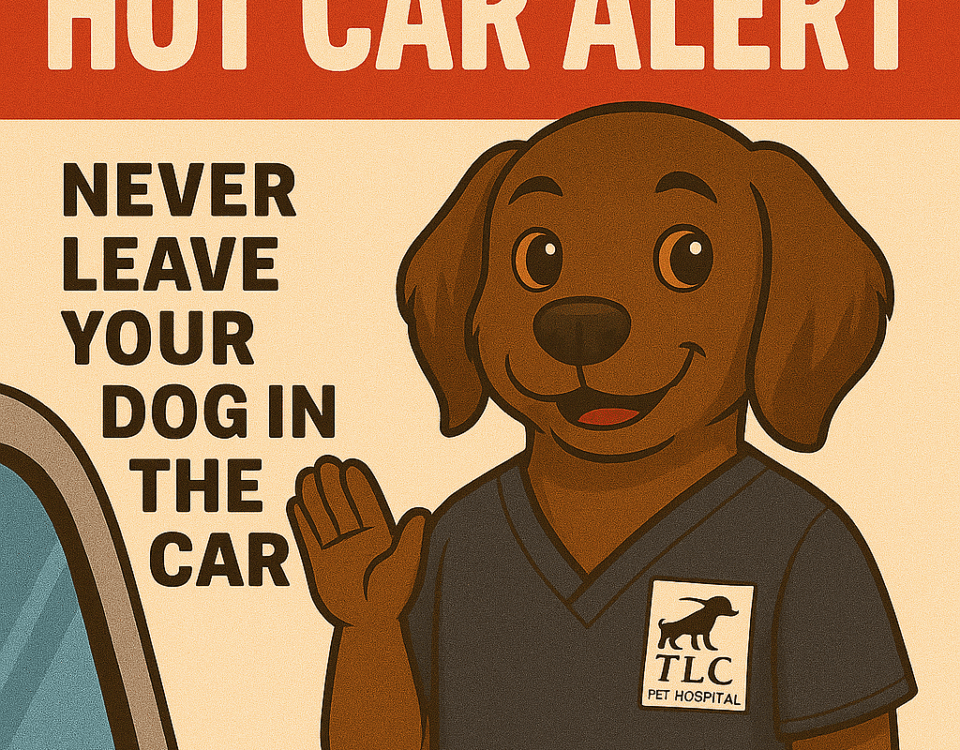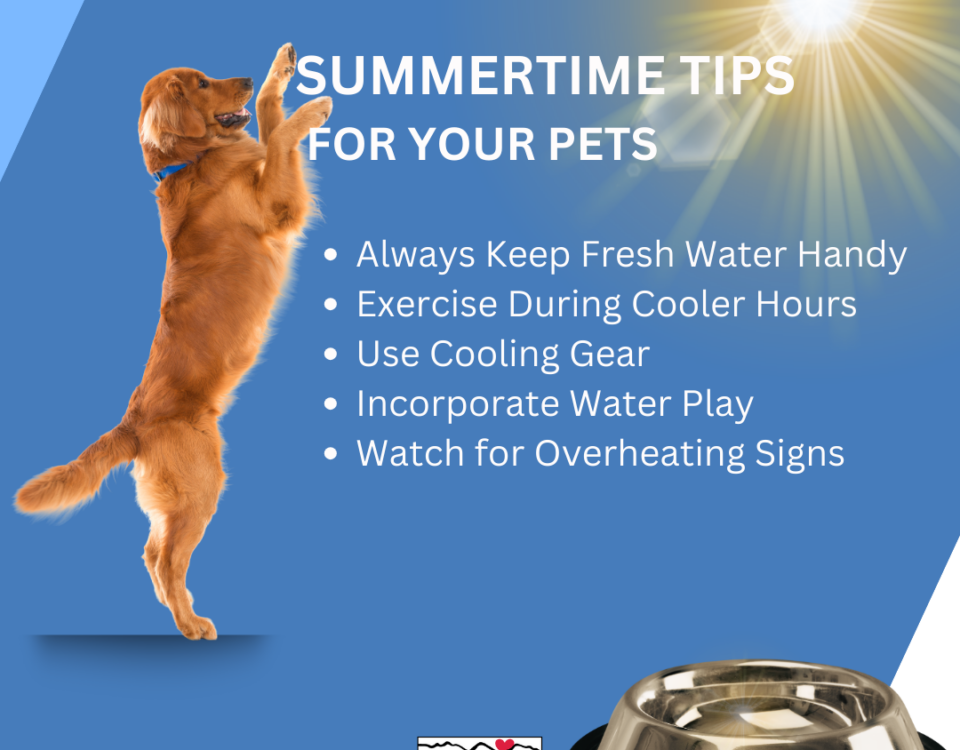Allergies
April 21, 2015We Are Moving Soon
April 24, 2015Does your dog have dirty ears? We examine the importance of proper ear care for your dog and share our tips for keeping their ears clean and infection free.
Ear infections are a common reason for dogs to visit their veterinarian. Studies suggest that the prevalence of ear disease in dogs can be as high as 20%. This means that ear problems are a major cause of discomfort in your canine family members, so it’s important that you learn how to treat and prevent them.
SYMPTOMS OF EAR DISEASE IN DOGS
It’s not hard to tell when your dog’s ears are causing him discomfort. He will dig and scratch at the sore ear, and may even groan or whine as he does so. You may notice that the inside of his ear is redder than normal and it often smells bad. There may or may not be any obvious discharge.
If he continues to scratch at his ear, he could burst a blood vessel inside the ear flap. This causes a large blood blister or aural haematoma, which will need to be surgically drained.
CAUSES OF EAR DISEASE IN DOGS
- Anatomy. Some breeds of dogs are born with ears that are more likely to develop infections. One example is the Basset Hound. These beautiful dogs have large pendulous ear flaps that restrict air circulation in their ear canals. Some individuals dogs of any breed may have very narrow or hairy canals which also don’t get much air flow. The result is that the canals remain warm and moist which are ideal conditions for bacterial growth.
- Ear mites. These little parasites are extremely contagious and live in the ear canals of dogs. They cause severe itching and can also predispose to a secondary bacterial or fungal infection. When your dog scratches at his ears, he will traumatise his ear flap and this could cause an aural haematoma.
- Allergies. Food allergies or allergies to dusts and pollens (called atopy) can make your dog’s ears red and itchy. The inflammation inside the ear canal can allow bacteria and fungi to multiply which makes him feel even worse.
- Bacterial and fungal infections. It’s uncommon for dogs to develop an infection in their ears without some underlying predisposing cause. This cause could be any of the conditions already mentioned.
TREATING YOUR DOG’S EARS
There are two parts to managing ear problems in dogs.
1. Treat the infection. Your dog’s ears can be cleaned with a gentle ear cleaner such as PAW ear cleaner or Oti-Derm. This will remove any discharge or excess wax. Medicated drops containing antibiotic and anti-fungal ingredients are then applied into the ear canal once or twice a day, depending on the product used. These drops also usually contain an anti-inflammatory drug which will help to ease the pain in his ears. It’s important that the full course of treatment is completed otherwise the infection is very likely to flare up again.
2. Treat the cause. Unless you tackle the underlying cause of your dog’s ear problems, they are likely to recur. This can involve testing him for allergies or clipping the hair from around his ear canal. In those breeds with an anatomical abnormality, surgery can open up the ear canal and allow better drainage and air flow.
3. Aural haematomas need surgery to drain the blood out of the ear. Sutures are used to hold the ear flap together, to prevent the haematoma recurring.
PREVENTING EAR PROBLEMS
Some dogs have very easy to care for ears. Those short coated breeds with erect ears such as the Australian Cattle Dog or German Shepherd rarely need any maintenance, unless they have an underlying allergy that is causing problems. Under these circumstances, management of the allergy usually results in the ear problems disappearing.
If your dog has a hairy ear canal, you may be tempted to pull the hairs out. Unless there is a problem with his ears, most veterinarians tend not to pluck. However, if infection is a recurring problem then removal of the hair will allow the ear drops to reach the skin of the ear canal.
Dogs that swim a lot can benefit from a cleanser that dries out water in the ear canal that may predispose to infection. Lastly, those dogs with pendulous ears or narrow ear canals can have surgery to correct their ear’s anatomy and reduce the risk of them developing recurring infections.
DON’T LET SORE EARS GET TO YOUR DOG
Ear infections can be stubborn and difficult to clear up. If you notice any signs of ear disease in your dog, have him checked by your vet as soon as you can. Prompt treatment usually results in the problem clearing up quicker, and your dog will be free from pain sooner rather than later.



